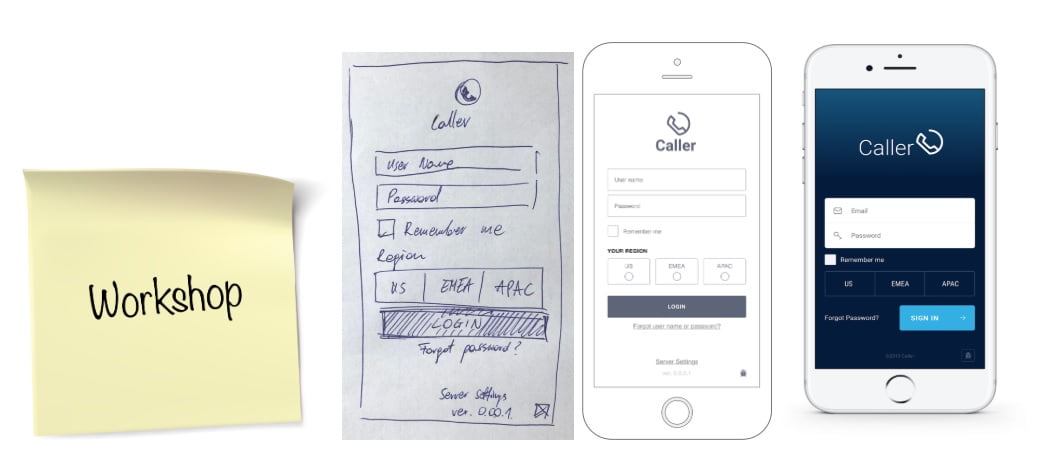Daily Insights Hub
Your go-to source for the latest news and information.
Designing for Humans: Why Your UX Shouldn't Ignore Emotions
Unlock the secret to unforgettable user experiences! Discover why emotions matter in UX design and how they can boost engagement.
The Emotional Impact of UX Design: Creating Experiences that Resonate
The emotional impact of UX design cannot be understated, as it plays a crucial role in how users perceive and interact with digital products. A well-designed user experience goes beyond mere aesthetics; it taps into users' feelings, guiding them through intuitive interfaces that foster connection and satisfaction. According to a study by Nielsen Norman Group, emotionally engaging designs can increase user satisfaction, loyalty, and overall engagement. Designers must consider not only usability but also the emotional journey they want users to experience; this includes creating moments of joy, surprise, and even nostalgia within the digital environment.
To effectively create experiences that resonate, UX designers should implement strategies that target the user’s emotions. For instance, using color psychology, typography, and imagery can significantly influence a user's mood and perception. Research has shown that people have emotional responses to color—warm colors like red and yellow can evoke excitement, while cool colors like blue can promote calmness. Additionally, incorporating elements of storytelling can create a deeper connection with users, as highlighted in an article by UX Design. By weaving narratives into their designs, UX professionals can enhance users' emotional engagement, ultimately leading to memorable and impactful experiences.

Why Ignoring User Emotions Can Sabotage Your UX Strategy
Understanding user emotions is a cornerstone of effective UX strategy. When designers and developers ignore how users feel while interacting with a website or application, they risk creating experiences that are confusing, frustrating, or simply unengaging. People don't just assess products based on functionality; their emotional responses play a crucial role in their overall satisfaction and decision-making process. According to Smashing Magazine, the emotional impact of design can lead to stronger brand loyalty and user retention. Therefore, neglecting the emotional aspect can sabotage even the most thoughtfully crafted UX plans.
Furthermore, when businesses prioritize aesthetics or technical functionality over aligning with user emotions, they may inadvertently alienate their audience. For instance, a visually stunning design that lacks empathy can result in high bounce rates and low conversions. Nielsen Norman Group highlights that users are more likely to trust and engage with brands that elicit positive emotional responses. Incorporating elements like personalized messaging and relatable content can create an emotional connection, transforming the user's experience into a more memorable and valuable interaction.
How to Incorporate Emotional Design Principles for Better User Engagement
Incorporating emotional design principles into your user experience can significantly enhance user engagement. By prioritizing emotions in your design strategy, you can create a more profound connection between users and your product. One effective approach is to utilize color psychology, which influences users' emotions and behaviors. For example, using warm colors like red and orange can evoke excitement, while cooler colors like blue promote calmness. Additionally, consider storytelling in your design; weaving relatable narratives fosters emotional bonds, making the user experience memorable.
Another vital principle is the implementation of micro-interactions that encourage user feedback and emotion connection. Small details, such as animations or sound effects when a user completes an action, can create delight and satisfaction. A well-designed feedback mechanism can enhance users' emotional journey, leading to increased return visits. For further insights on creating impactful user experiences, check out this comprehensive guide. By embracing emotional design, you can foster a more engaging and user-centric approach that resonates with your audience.